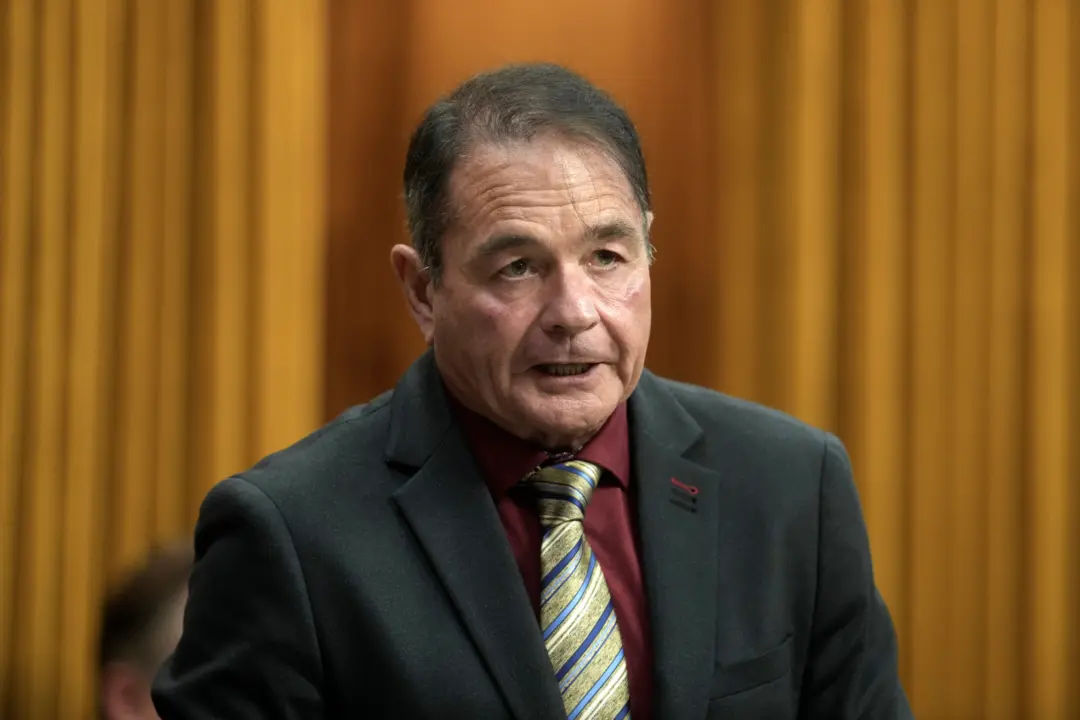Following warnings that there are over one million more non-permanent residents (NPRs) living in Canada than official estimates suggest, Statistics Canada (StatCan) said it “stands behind its numbers,” but will revise the way it counts NPRs.
“As planned, StatCan will publish new data tables on NPRs starting on September 27 that will be computed using a revised methodology and going back to 2021,” a spokesperson from StatCan told The Epoch Times in an email.





